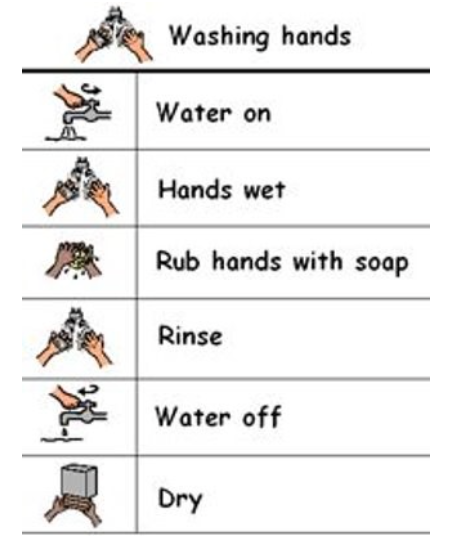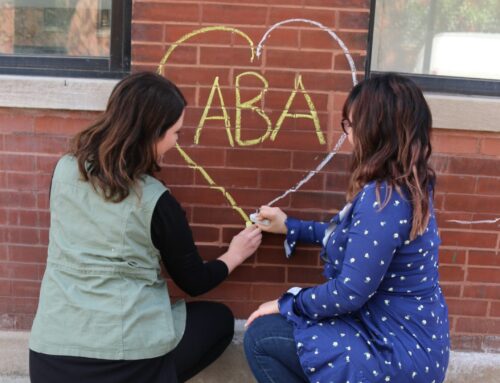Would your child benefit from breaking down tasks/activities into smaller steps… then you may need a task analysis.
Task analysis is the breakdown of a complex skill into smaller simpler steps, this involves sequencing the steps together in a chain (Cooper, Heron, Heward 2019).
Task analysis can be used with the following activities and more:
- Toothbrushing
- Getting dressed
- Washing hands
- Making the bed
- Getting on public transport
- Chores
- Using computer/iPad/video games
- Playing a sport
There are 3 types of task analysis:
Total task chaining– is a variation of forward chaining and the steps will be taught together and you can prompt the steps that the child does not know how to complete.
Forward chaining– is when the child will complete the first step independently and then the adult will complete the remainder of the steps of the sequence with the child. They will only be taught one sequence step at once.
Backward chaining– all the steps in the sequence are completed with the adult and child except the last step where the child will complete this independently. Once mastered, the next to last step will then be taught until the sequence is complete.
Example of a task analysis for teaching handwashing:
Step 1- Turn on the tap
Step 2- Wet hands
Step 3- Get soap
Step 4- Scrub
Step 5- Rinse hands
Step 6- Turn the water off
Step 7- Dry hands

How do you choose between the different types of task analysis?
Total task can be used in the natural environment to teach the activity/task. Teaching using total task analysis requires the ability to sequence multiple-step together at one time.
Forward chaining would be used if your child can already complete the steps at the beginning of the behavior sequence and it is a natural sequence of how you typically learn to sequence a task.
Backward chaining would be used when they are motivated to complete the last step and receive reinforcement, and/or no skills are known with the task.
Need some extra support with the sequence….
You could use a visual that outlines each step, the visual can have both words and/or pictures. This visual can replace your language and you can provide them with the visual to complete the steps and gesture to the visual
Providing prompting during the sequence when your child cannot perform the step independently, may involve using hand over hand prompt, a demonstration prompt, a gestural prompt, or a verbal prompt to help your child complete the task.
References:
Cooper, J.O., Heron, T.E. & Heward, W.L. (2019). Applied Behavior analysis, 3rd ed. New jersey: Pearson

Blue Bird Day fosters socialization, sensory regulation, and pre-academic learning in children ages 2-7 years in therapeutic rotations that simulate preschool and kindergarten settings. Our compassionate therapists practice a relationship-based and family-centered approach, provide parent training, and collaborate on goals and individualized intensive treatment plans for your child.
We believe in a collaborative and multi-disciplinary team approach to therapy. A team of occupational therapists, speech-language pathologists, dietitians, developmental therapists, behavioral therapists, physical therapists, and therapeutic assistants are created for each child to ensure child and family are fully supported and the best possible results are achieved.
Options for individualized, group and virtual therapy sessions are available as well.
Want to learn more or you have a specific question? Feel free to connect with us here!



